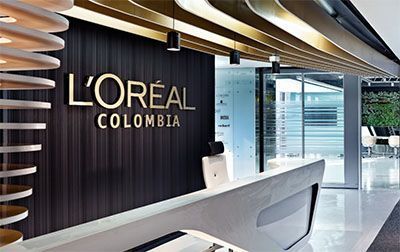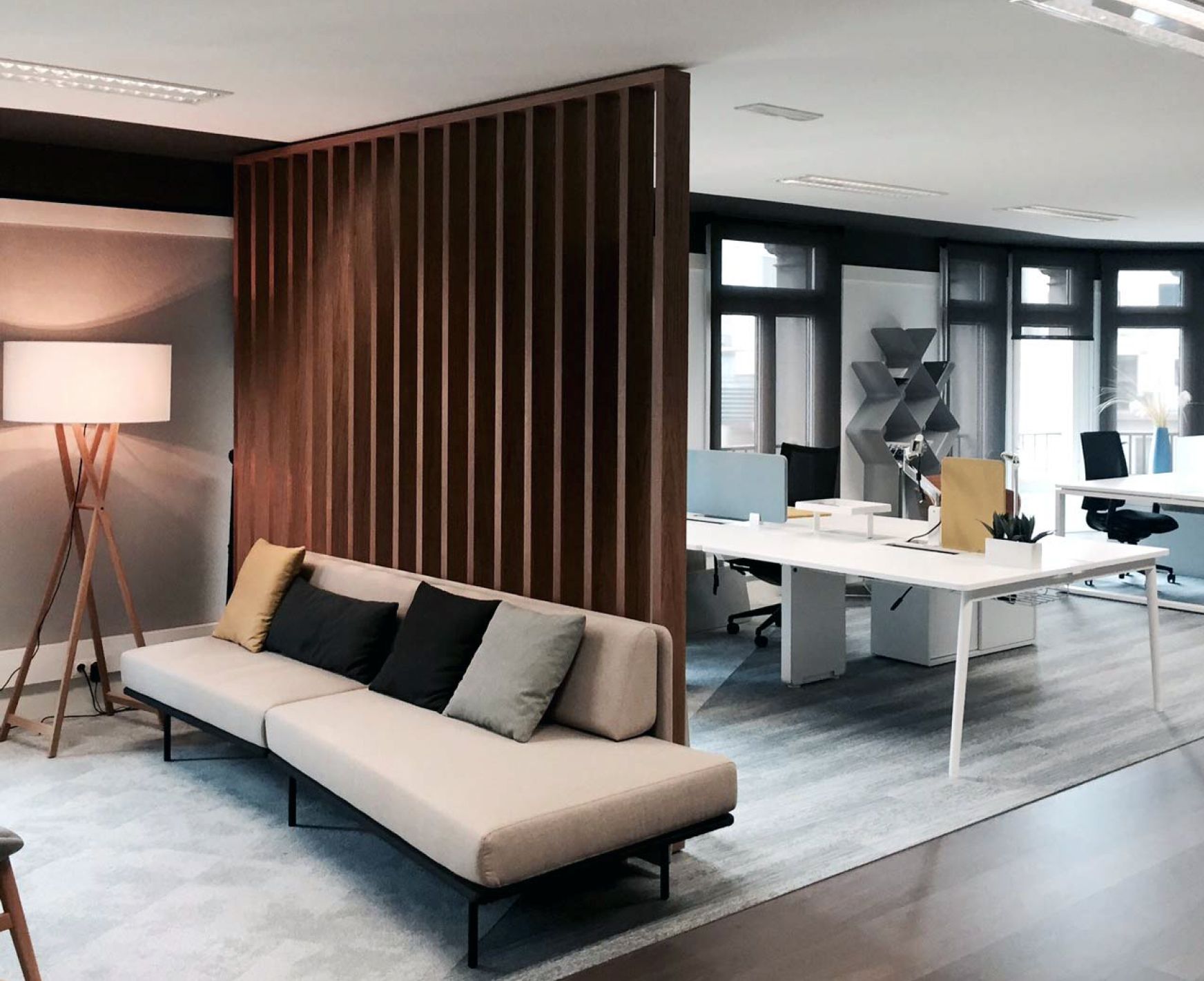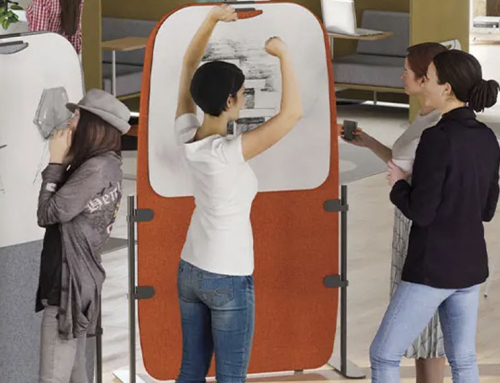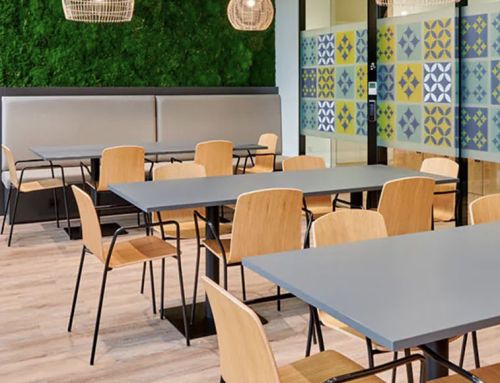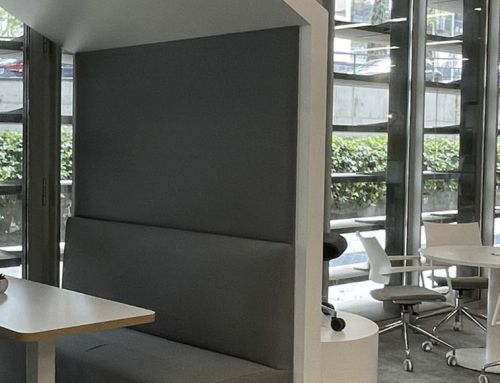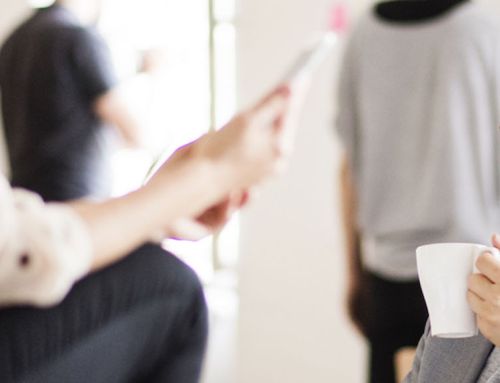it´s possible tuning offices into a recruitment magnet? These days no one seems to doubt of the transformation process undergone by offices, turning them into spaces increasingly diverse and innovative. Within this context of change, they are gaining a new functionality as a recruitment tool, hand in hand with practices and furniture increasingly innovative which allow the retention and recruitment of new talents; a highly valuable asset for any organization.
Recruitment magnet – Google
This is something known by companies such as Google, -the best company of the world to work in according to Fortune-, which offers employees benefits ranging from an offer of gourmet meals to services such as haircuts and creative spaces including sledges, hammocks and ping-pong tables. Only as way of example, in 507,000sqm Dublin’s headquarters you have over 400 meeting rooms and even a 25m indoor pool
This is because Google has known how to manage its corporate identity very well by the attractive design of its premises, making everyone wanting to work there. Indeed the assembly of features, values and beliefs -concepts that some define as the “personality” of the brand- can be modelled to transform the office into a recruitment magnet. There is no need to be Google; it is enough to follow some easy guidelines.
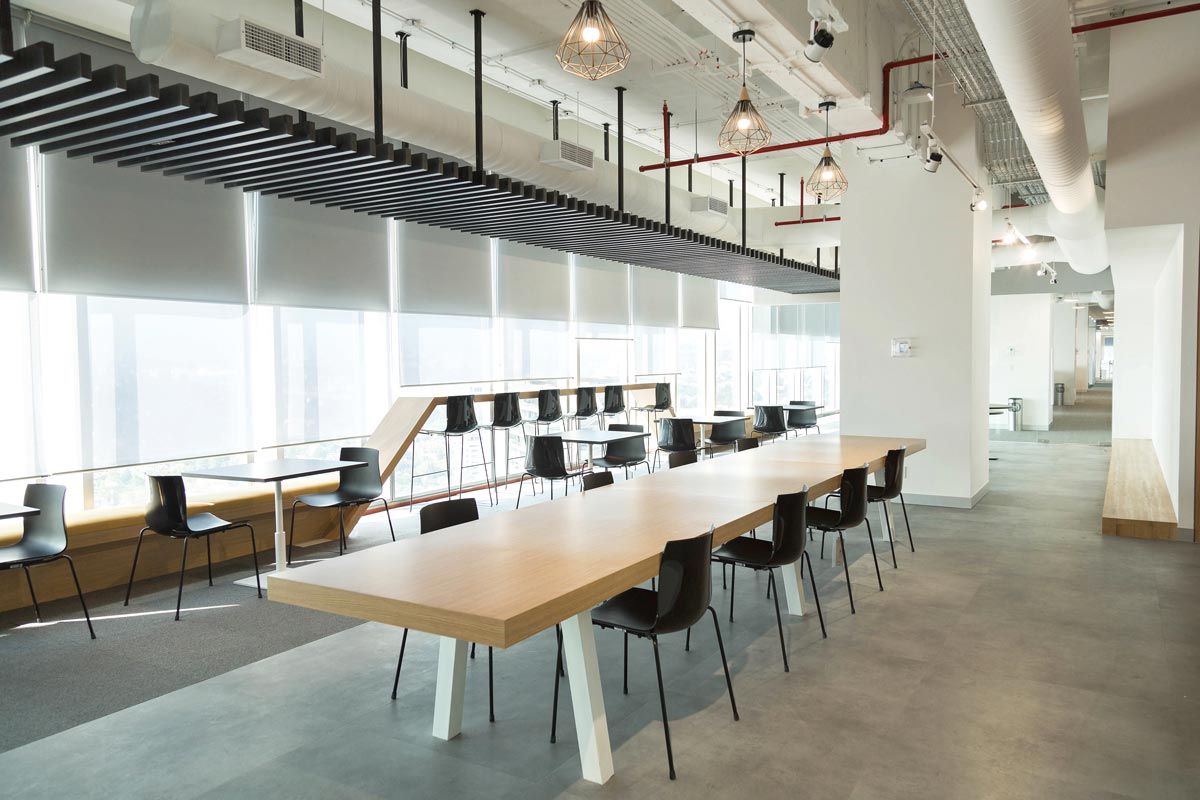
Danaher México
“An attractive work environment is an essential weapon in the battle for talent and to unleash people’s potential” states an article published by Grant Thornton, stressing the importance of the design thinking. Now, how do we create an attractive environment? Below, we propose some guidelines.
- Spaces according to people
Not all workers have the same personality and this means that not all places where they operate have to be the same. They have to be adapted to the needs of all them making them feel comfortable, happy and therefore, more productive.
Introverted individuals feel more comfortable in noise-free environments where they can “get away” from their colleagues’ conversations. Those more extrovert need on the contrary, noisy spaces where they can move freely. This “library effect” according to El País leads to many freelancers, for example, needing to work in shared spaces to better perform their duties.
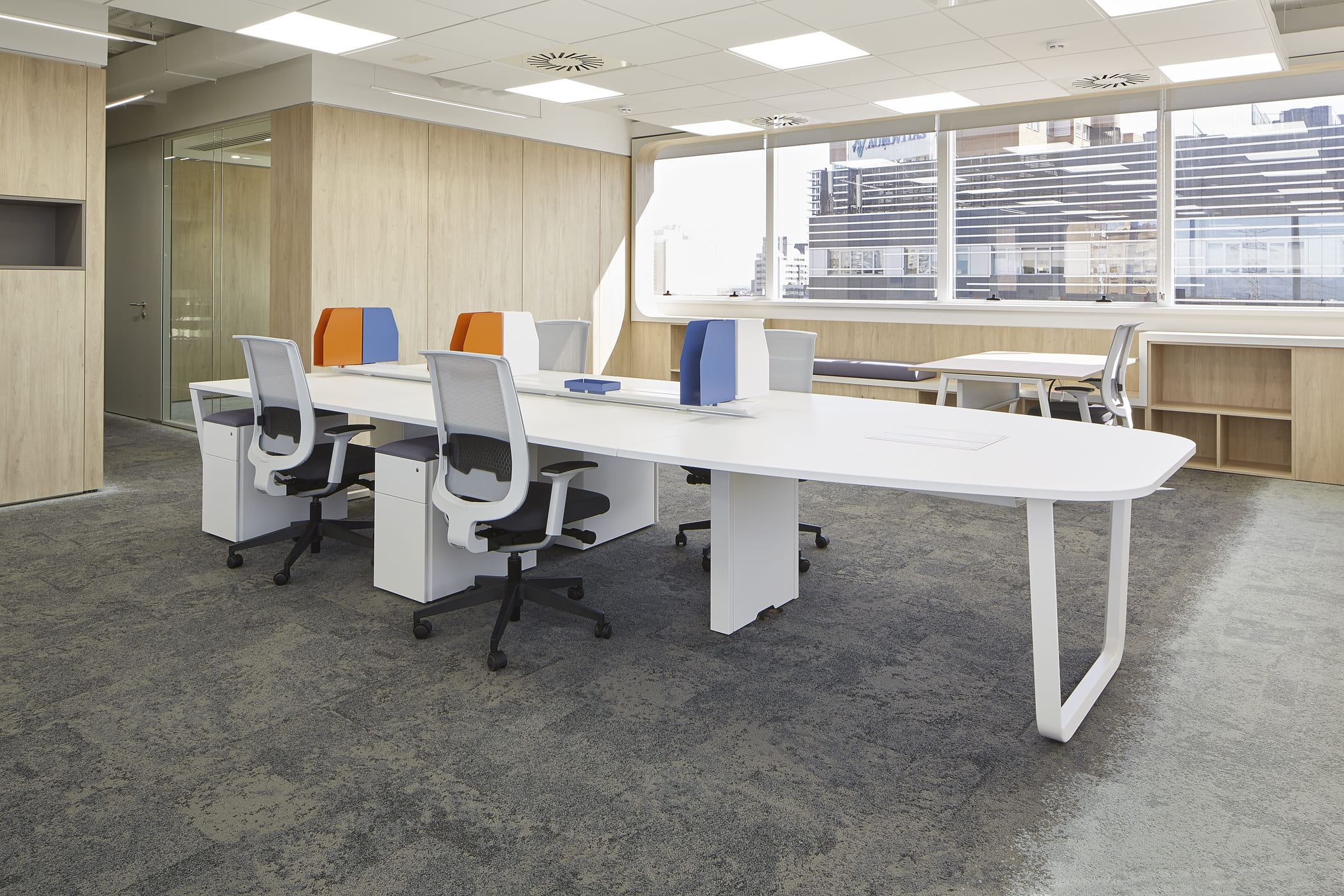
Taking into consideration the above, it is advisable to offer areas with different functionalities either for employees to meet in teams or to isolate from noise and be able to work alone without distractions
2. Strategic decoration
The idea is to use the brand as another element of decoration and to reflect on the strategic functionality of colour. Experts agree that spaces designed according to colour can help increase productivity and wellbeing of employees and to promote brand communication.
A recent study by the University of Texas published by Enterpreuner, revealed that grey, beige and white offices induced to sadness and depression in women. Men, in turn experimented gloomy feelings in comparison to decorations based on purple and orange.
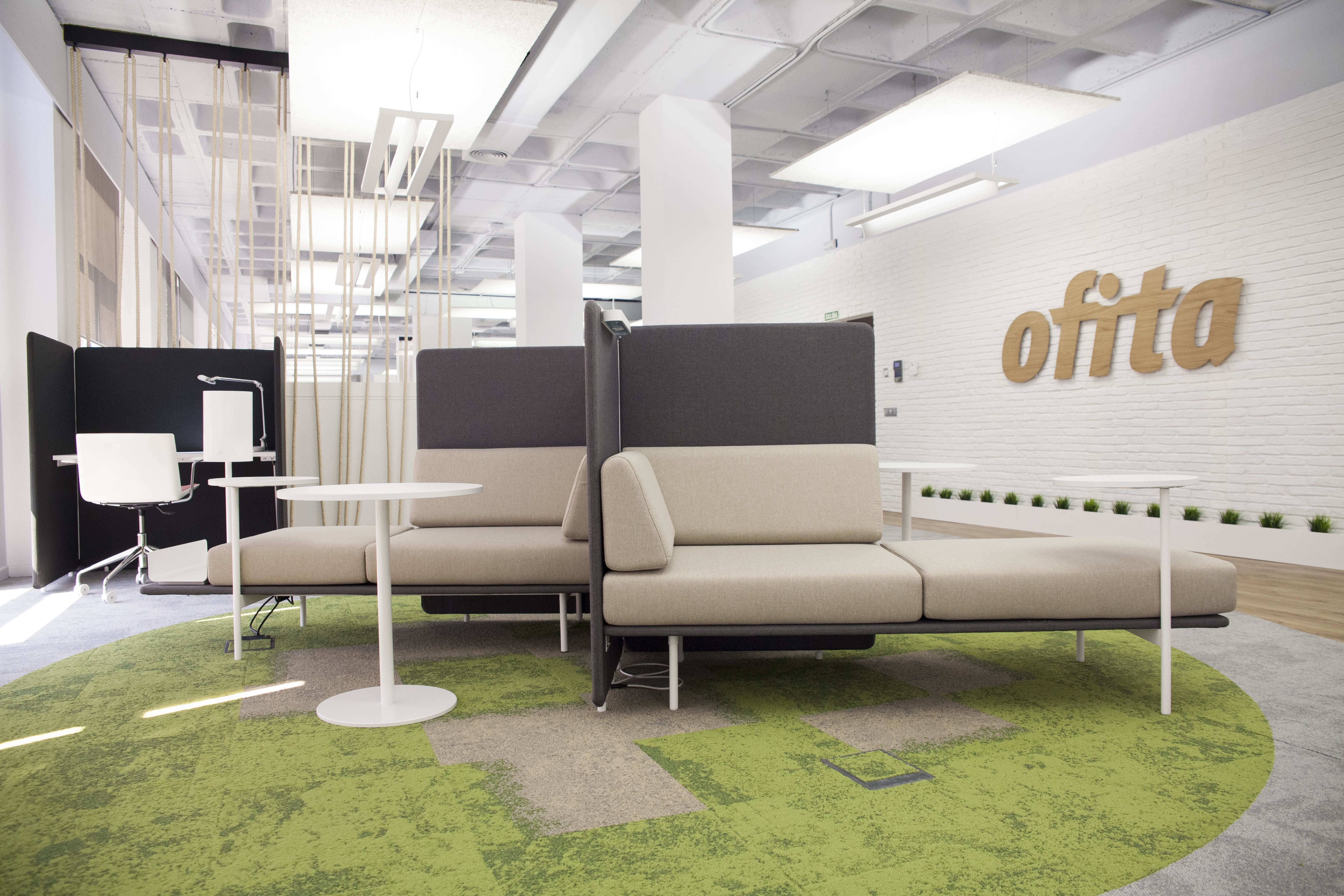
-
A first impact impression
“There is never a second chance to make the first good impression” used to repeat Oscar Wilde. Working areas are much the same and when a candidate is going to apply for a position in the company, the first impression it gets will be final and may influence on its final decision.
To achieve it the sector first seen when entering the company has to be designed with dedication. If it is the reception, it has to include a striking desk, showing explicitly the corporate logo and with nice people able to efficiently direct the person to the place where it is going.
“Office environment may have great power in the decision a candidate makes on its organization. What in the past focused on productivity, now includes a touch of satisfaction and collaboration” says Sara Pollock, Marketing Manager of ClearCompany, in an article published in her blog.
-
Disruptive elements
Considering that the areas conceived for the wellbeing of employees are increasingly more recurrent – based on figures showing that happy employees are more productive-, if we want to design striking office to “hunt” talents, it is necessary to include a personal touch with this idea in mind. Options to achieve it are infinite and go from relax areas to exercise areas. What is important is that it matches the identity of each work environment, being a disruptive place but in line with corporate values.
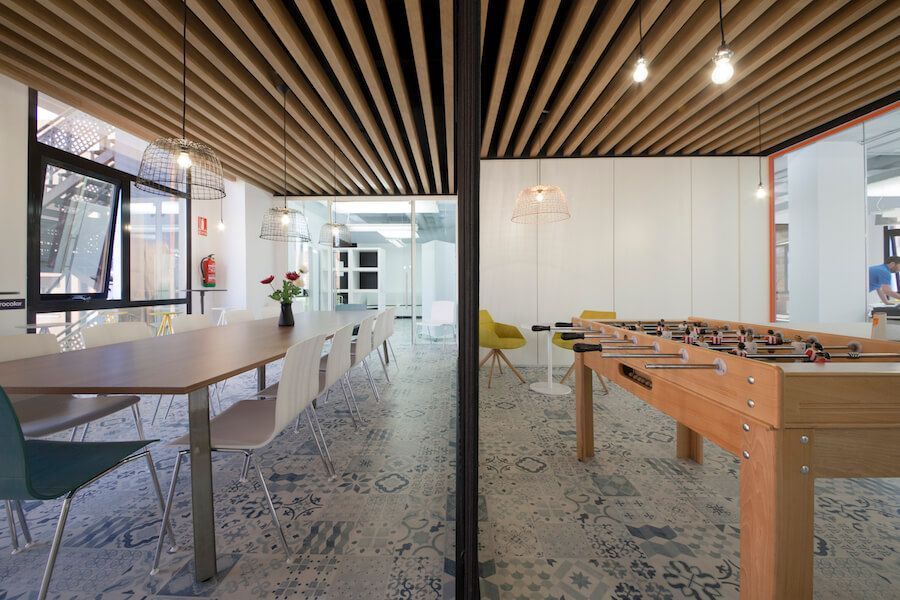
“The implementation of different design elements may significantly affect the state of mind and health of people. Either by adding natural elements or using lights, architects and designers can create work spaces promoting health fitting any budget”, says Lisa Bell-Reim, architect and partner of Oculus Inc, in a note by Interiors and Sources.
-
Seeking collaboration
In Ofita we have pointed it out in several occasions: collaborative spaces separating ancient barriers between the desk and other spaces are the trend nowadays. And if we wish to recruit the best candidates without doubt this is something that the company has to bear in mind, especially in the case of new generations: Millennials and Gen Z.
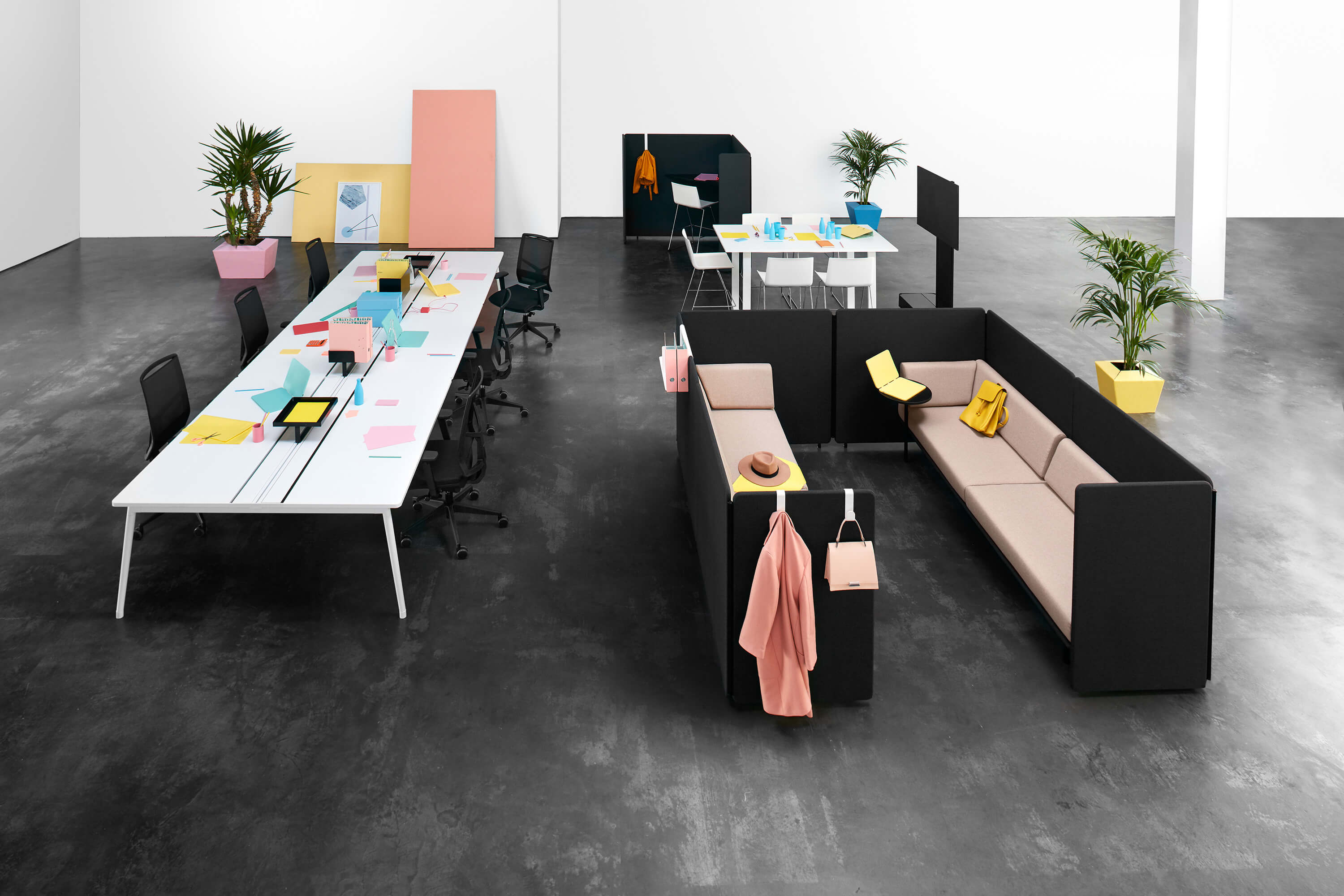
According to a British Land research published by Grant Thornton, common areas “are a priority for millennials generation” and 95% includes them as part of the key features to be included in the “ideal office”.
